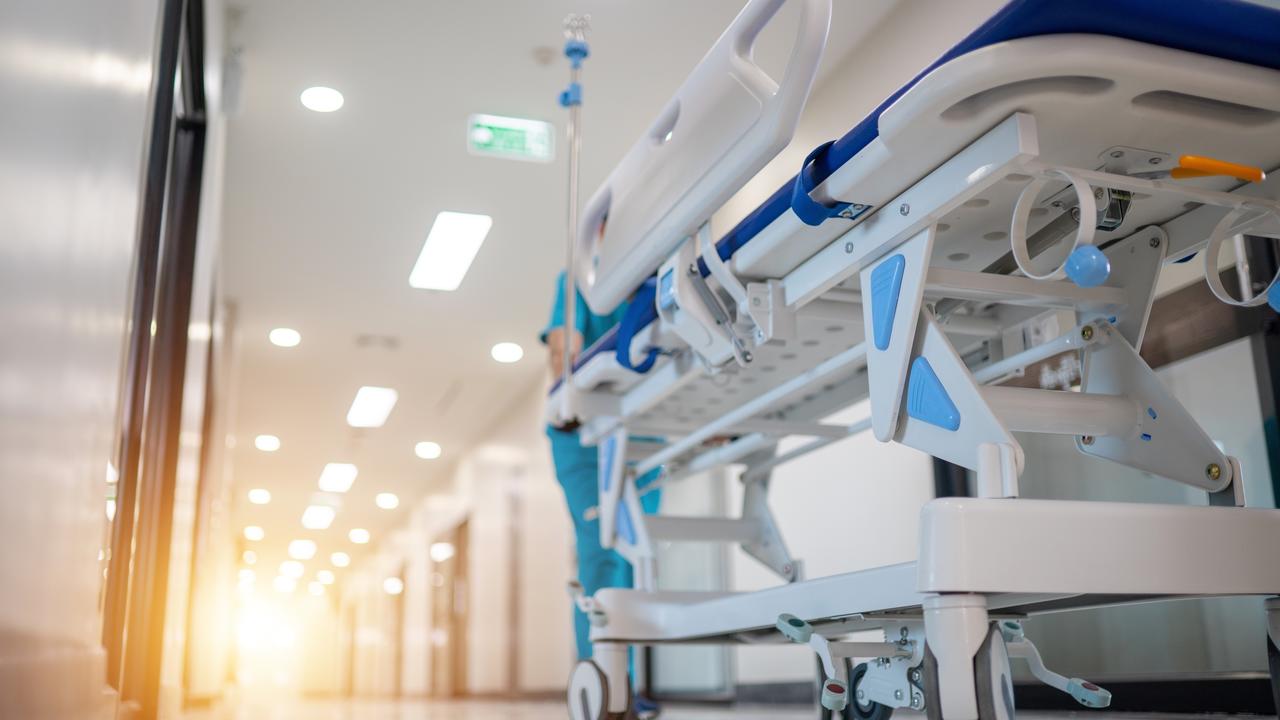
The role of Medicaid in population health runs deep. The federal program shares the cost of insurance with individual states to help people with low incomes receive medical coverage. Policy changes outlined in President Trump’s tax agenda include lowering federal Medicaid spending in states and requiring work requirements for coverage.
“Medicaid costs are shared between the federal government and states, ranging from a 50-77% federal cost-share. The federal share is higher for those newly enrolled in Medicaid under the Affordable Care Act (ACA) or CHIP,” says Kathleen Adams, PhD, professor of health policy and management at the Rollins School of Public Health of Emory University.
“In states that expanded Medicaid, cuts might look more like restrictions in eligibility and, as with other cuts, may lead to reductions in payments to providers. Ultimately, this will negatively affect the health of people in those states and the ability of hospitals to provide services to those on Medicaid and/or those newly uninsured because of these cuts.”
Changes to Work Requirements
Most people currently covered by Medicaid already have jobs. Just 8% are not working. Adding a work requirement presents a major barrier to care, according to Anna Newton-Levinson, PhD, assistant professor of behavioral, social, and health education sciences at Rollins.
Her research, which focuses on reproductive health care access, has shown that many people, including those who are full-time caregivers or have informal jobs, struggle to provide proof of income.
“You're putting a lot of burden on folks who are already juggling multiple things in their lives, working multiple jobs. And then trying to provide all that documentation just to get health insurance is a lot,” she says.
Stephen Patrick, MD, chair of the Department of Health Policy and Management at Rollins, stresses that forcing work requirements is not an effective way to get people to hold jobs. “The evidence largely says that doesn’t work. We don’t see that people are healthier or maintain jobs better when we do that with Medicaid.”
Who Does Medicaid Cover?
Medicaid currently covers 83 million Americans, or a quarter of the country.
This includes:
● People with low incomes
● Almost half of all kids in the United States
● Older Americans (including some people on Medicare)
● People with disabilities
● Pregnant people
● People transitioning out of incarcerated settings
● Those experiencing homelessness
People covered by Medicaid do not fit a standard mold. They include families with a single income earner; single mothers holding full-time jobs and caring for their children; and the pregnant person who works at your favorite restaurant. Approximately 16,000 preventable deaths could occur each year and 7.6 million people would lose coverage, according to STAT.
Below, Rollins researchers share their thoughts on the impact Medicaid cuts and work requirements could have on public health.
Newborn Babies
Federal changes trickle down to states and to local communities and hospitals. This could directly harm children needing lifesaving medical care, including newborn babies.
“Most of the patients I care for as a newborn intensivist are on Medicaid,” says Patrick. “So what this could mean is that we face substantial challenges for patients like mine who are critically ill newborns. It could also mean we face challenges in communities and how they care for kids, people with disabilities, and pregnant people.”
Pregnant Women
“There are so many changes I want to see in maternal health policy, but most immediately I’d like to keep our state and national investments in Medicaid funding. About 40% of all births are covered by Medicaid, so any threats to funding will undoubtedly lead to adverse outcomes for moms and their infants. This can also hurt the progress 49 states have made so far in expanding Medicaid to 1 year postpartum,” says Sarah Blake, PhD, director of the Emory University Maternal and Child Health Center of Excellence.
Children’s Hospitals
“One of the challenges we face with Medicaid are there are hospitals, including children’s hospitals where most of the patients are covered by Medicaid. This includes rural communities. Medicaid provides coverage for many people in rural communities. I worry that we will see more hospitals close and face substantial challenges for children’s hospitals too,” says Patrick.


